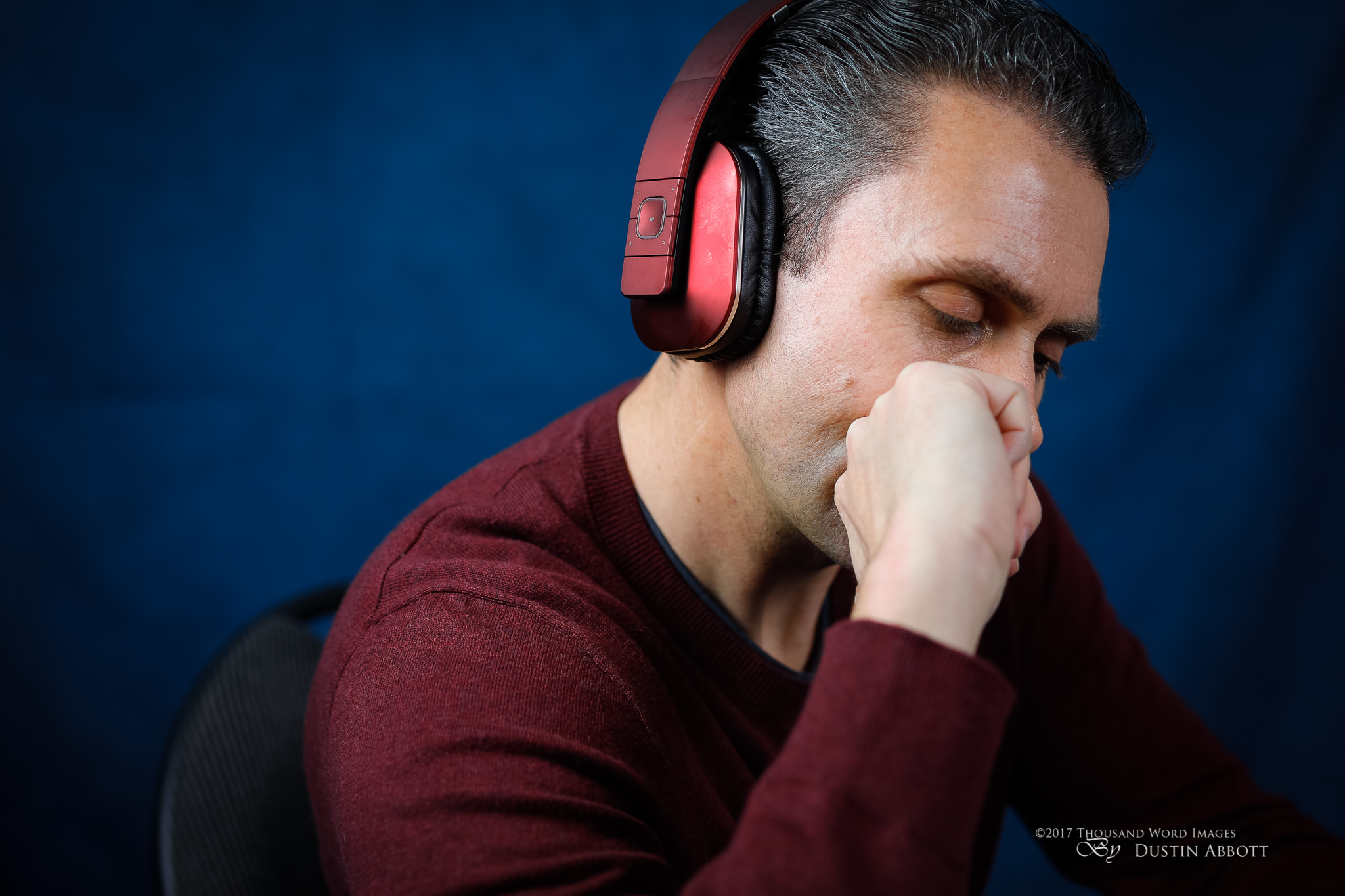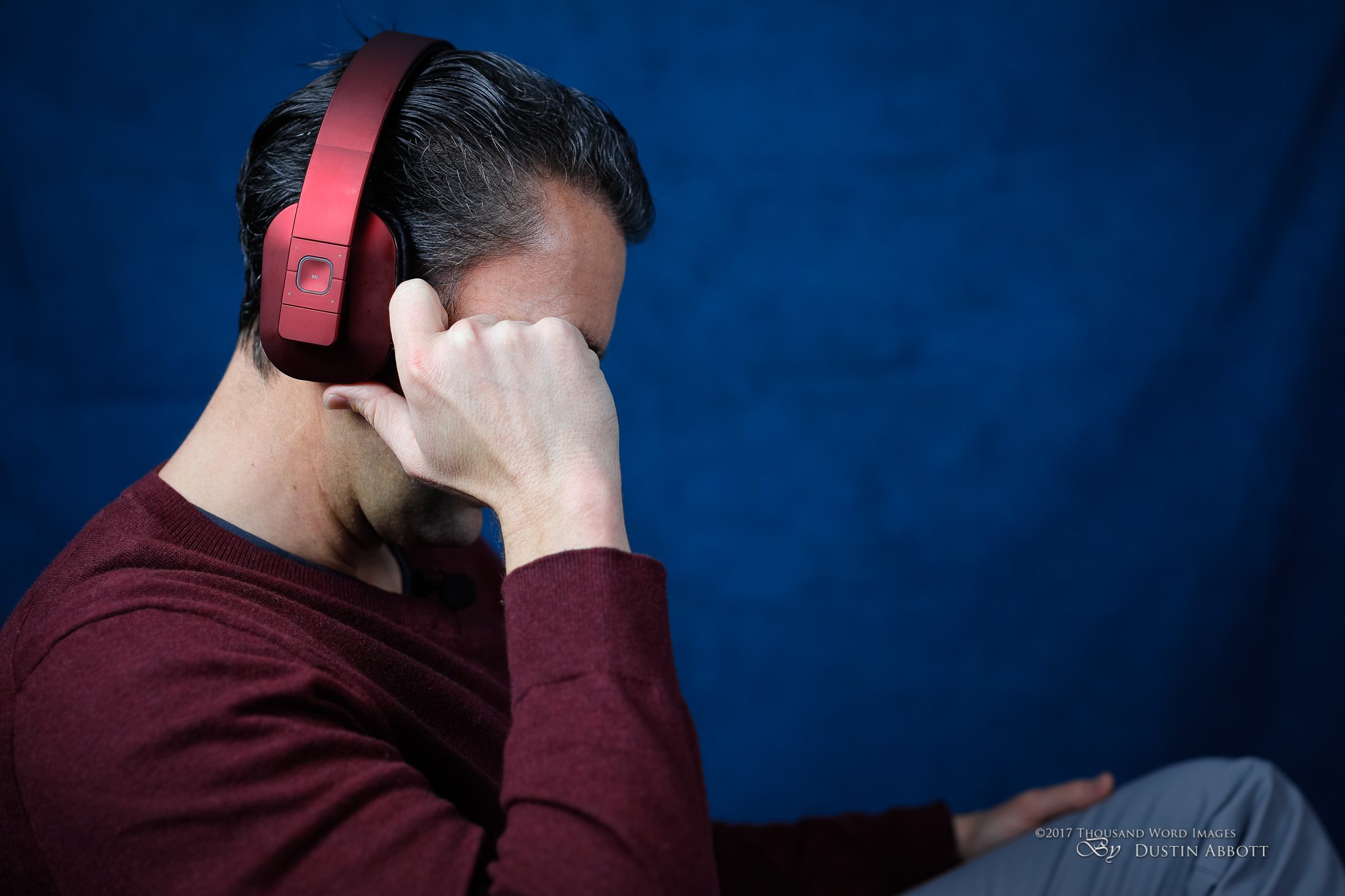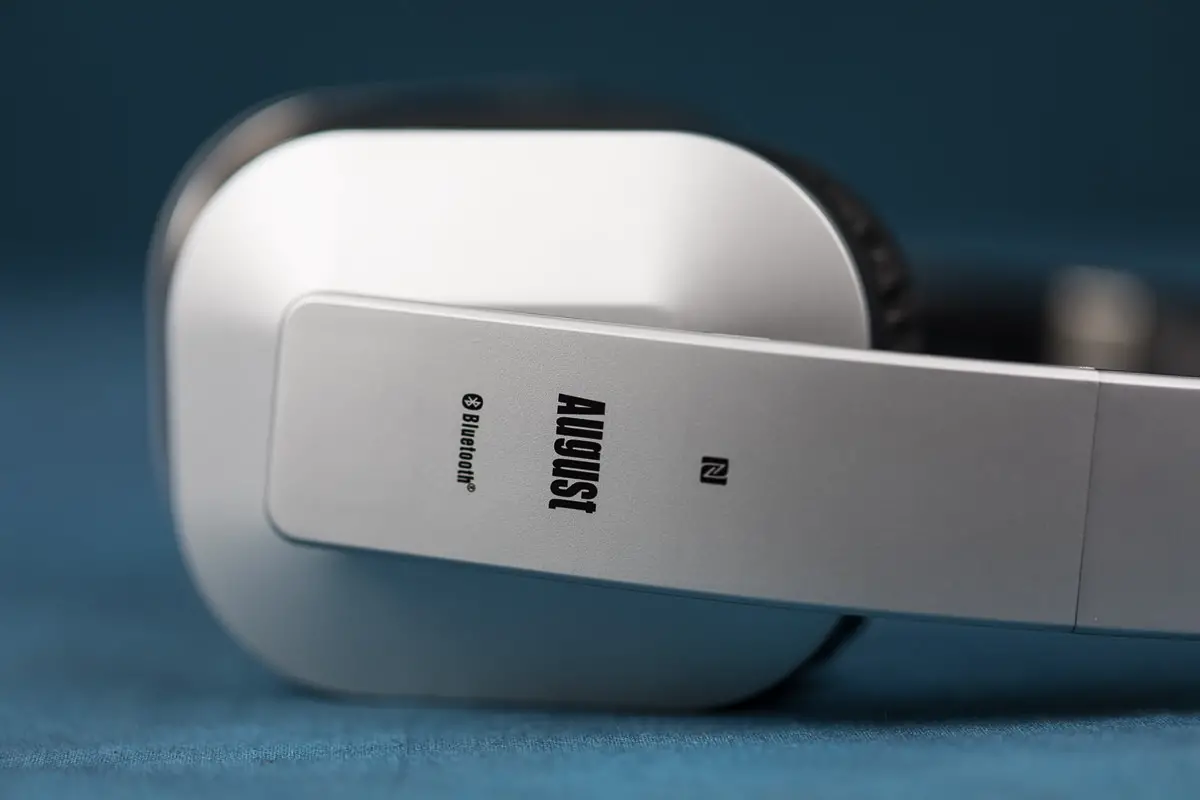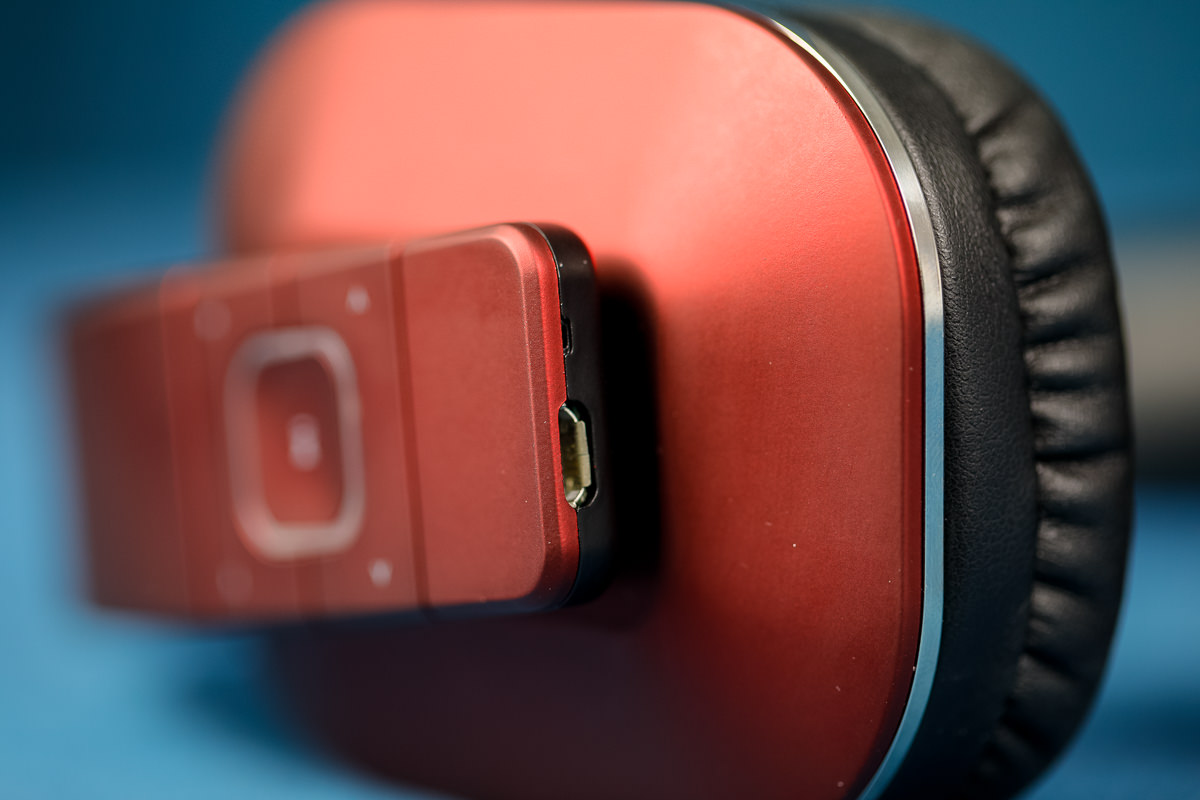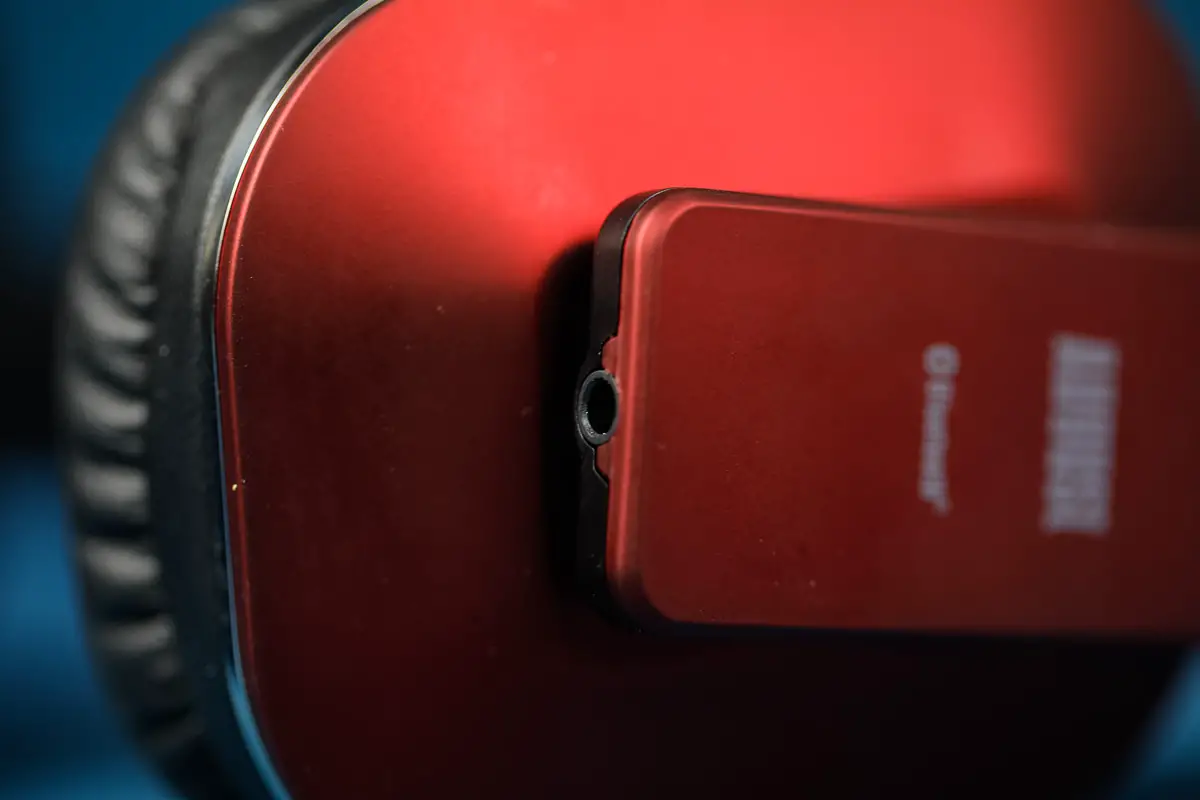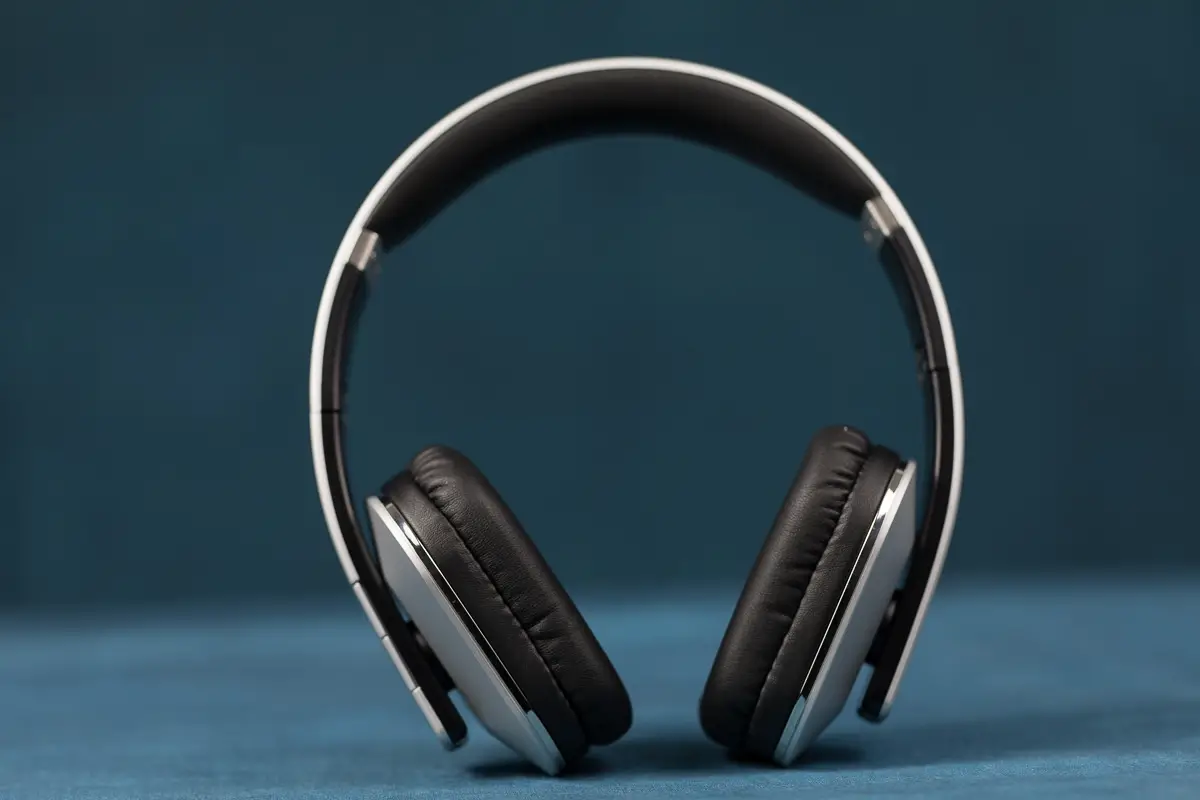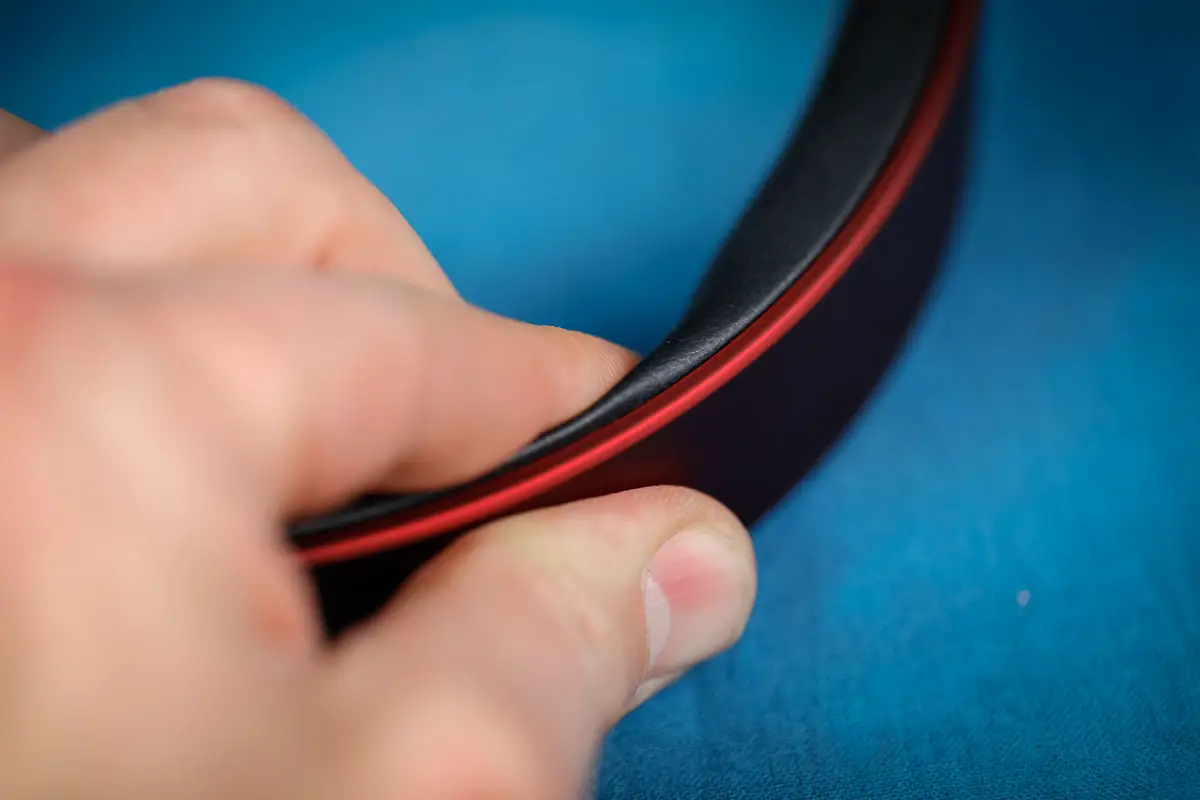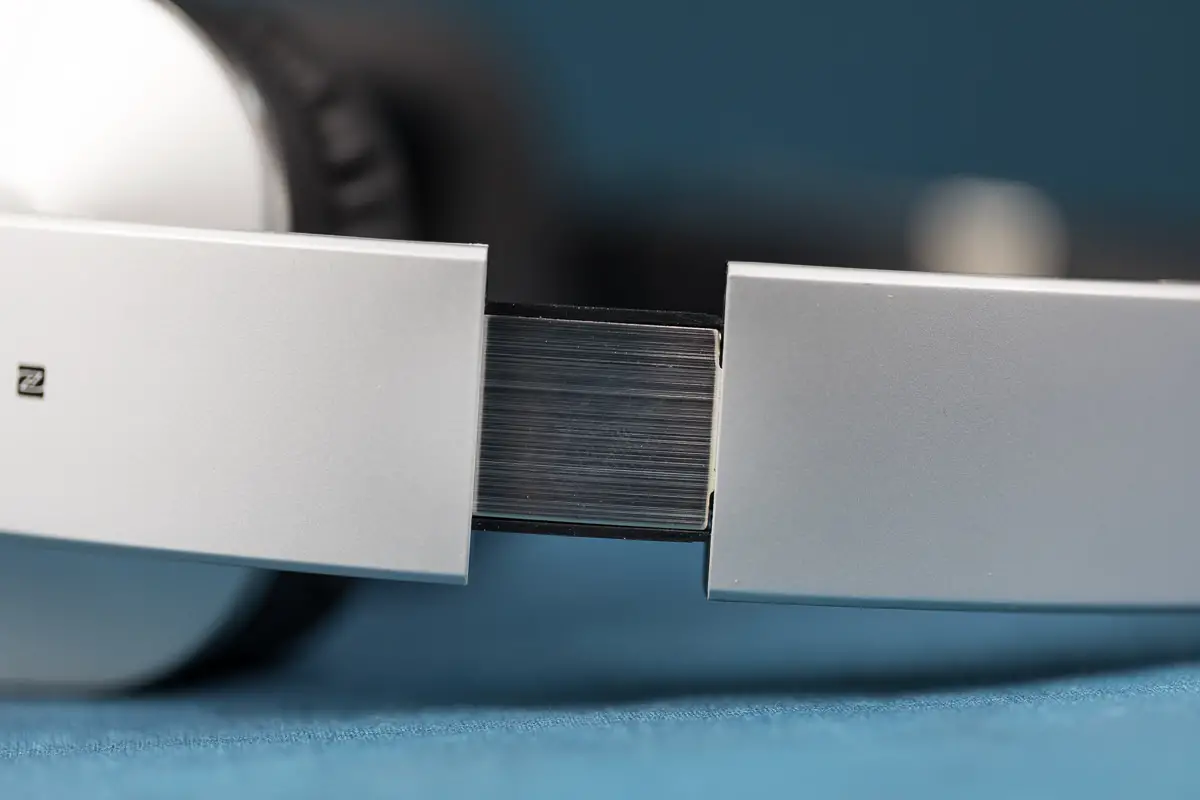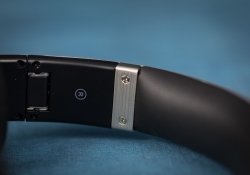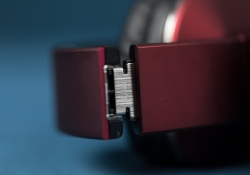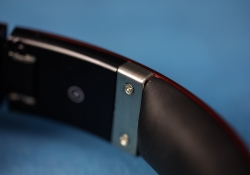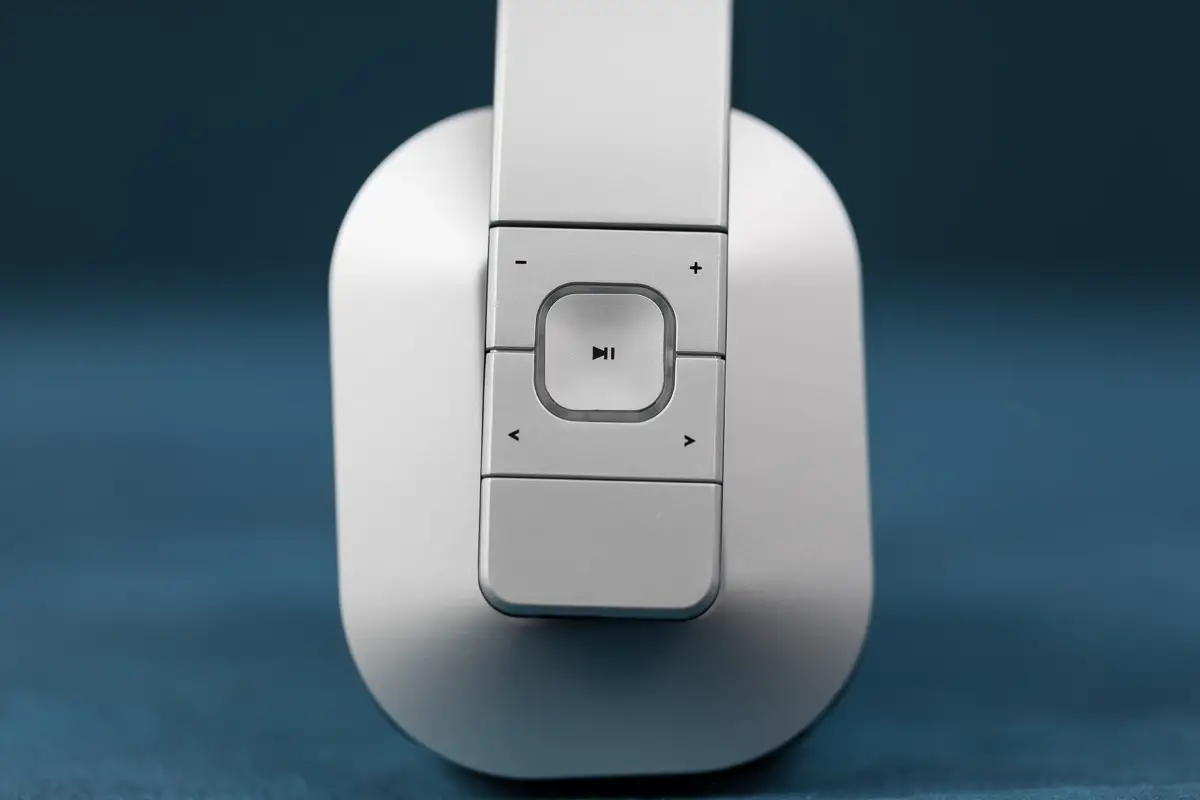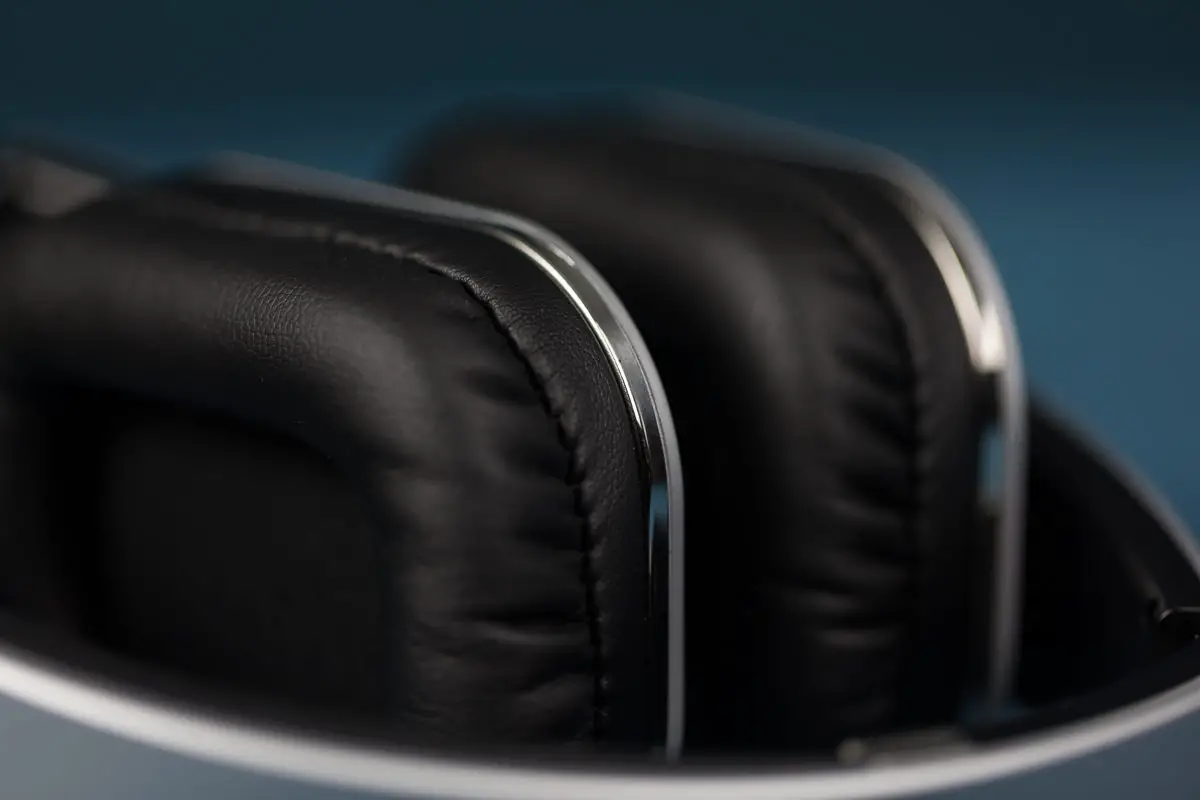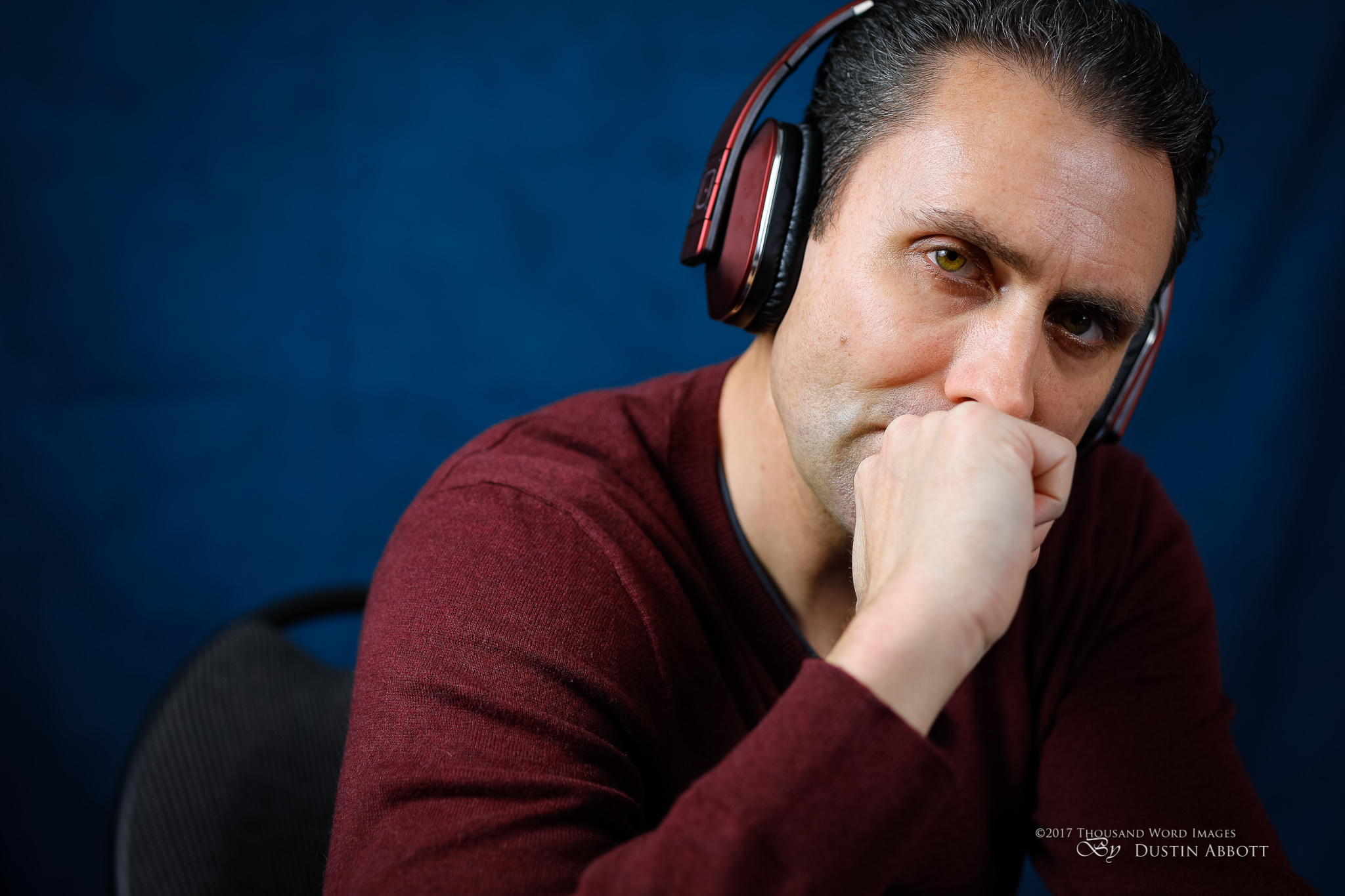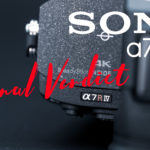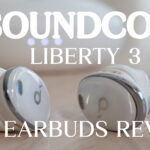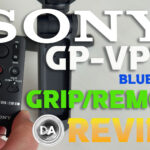As a tech reviewer I have amassed a fairly extensive collection of headphones. I only have two ears, but I have a few dozen sets of headphones! Every set of headphones has its own personality. It’s amazing how different a piece of music sounds when you cycle from one set of headphones to another! Some have a more “analog” sound in that they have a bit of a warmer, more “vinyl” quality, while others are more digital (bright and crisp). Some are muddy, and vocals get buried in bass that is too aggressive. But here’s the thing: look at the user reviews of any set of headphones and you will get some saying, “Too much bass” while others say, “Not enough bass”. Everyone has unique tastes in sound just like anything else. That being said, I suspect the August EP650 have the kind of sound that should make a lot of users very happy.
Prefer to Watch your Review? Here’s a video review of the EP650 for you!
Rather read instead? Read on…
Some headphones grab your attention at first depending on the piece of music that you start with, but later fall apart with a different style of music. If you only listen to one very specific genre of music your job of finding a set of headphones you really like is a little easier. Want lots of bass? There’s a lot of shoppers like you. But if you, like me, enjoy a broad range of musical genres the task of finding the right set of headphones is little more daunting. It can be challenging to find a set of headphones that handles very different music styles equally well. The August EP650 headphones didn’t blow me away the moment I put them on, but rather grew on me as I listened more and more due to having a nicely balanced sound profile that is highly flexible.
Before I became a gear reviewer I used to lament the fact that it was very hard to choose a set of headphones because in the days of Amazon it is not a matter of getting a chance to actually listen to headphones and determine if you actually liked their sound profile. It seems like Bose is the only manufacturer that still has a lot of listening stations (listening to a bunch of headphones at Bose kiosks at airports is a traveling highlight for me.) I will do my best to try to verbalize my perceptions of the sound profile of the EP650 in this review.
It is also hard these days to choose a set of headphones based on a feature set. Every set of headphones has marketing that touts its unique features. I think it is important to actually think about what is most important to you. Too often we buy based on a spec list without actually considering if certain specs that something is the “best at” actually matter to us. Case in point: NFC (Near Field Communications) “tap to connect” is a cool feature, but I use an iPhone, and NFC is an Android technology. Not a big deal for me, but important if you are an Android user. Bear this in mind as we examine the feature high points of the EP650.
EP650 Features and Specifications
Bluetooth Features: the EP650 have a fairly typical range of Bluetooth features, including the NFC “tap to connect” feature mentioned before. The range of the headphones is solid. I was able to stray quite far from my Bluetooth source without any cutout, including moving beyond an interior wall that is solid block and used to be an exterior wall (a pretty typical signal killer). I’ve found that over-the-ear Bluetooth headphones like these tend to perform better in this metric anyway, as they have much more real estate than Bluetooth buds for optimal placement of the signal receiver. I was easily able to go downstairs from my source without having signal cutout. The specs say “up to 10 meters”, but in the real world there are a lot of factors that influence this. In many cases you will be able to easily exceed this.
The EP650 also have “Multi-Point technology”, which allow them to be connected to two devices (tablet + phone, for example). This allows you to use something other than your phone as a media source but not have to worry about missing a phone call. Multi-point has both good and bad aspects, as sometimes you may not realize that you are connected to both and can start media playing on the “wrong” device. I will sometimes disconnect from a source I don’t want or need in this kind of situation.
As hinted at in the previous paragraph, the EP650 (like most Bluetooth headphones) have an integrated microphone and the ability to serve as a hand’s free device for calls. I’ll admit that this is not something I frequently use myself, as I drive a modern vehicle that has a full range of Bluetooth connectivity itself, and, when at home, still prefer using a landline to my cell (the metal roof on my house isn’t kind to cell signal sometimes!) Still, it is a nice feature to have, and this may be far more important to you than me. Voice quality through the built in mic is fine – when I used it for conversations no one ever asked if I was using anything but the phone itself. Press the play/pause button to answer a call or to disconnect. Holding the same button for two seconds will reject an incoming call. You can also double press the button during a call to transfer to or from the headphones to your phone.
If your media device is A2DP compatible (most all modern ones are), you will be able to control the media device in the typical ways (Play/Pause, Previous/Next Track, Volume Up/Down). I do note, however, like other recent headphones I’ve reviewed, that the EP650 don’t seem to control the volume of the device directly. If the volume is set very low on your device, you will only be able to boost it so much; you will hear the beep which indicates max volume without the headphones being overly loud. I find that it is typically better to turn the volume higher on your playback device (1/2 to ¾ is a good range) which will give you a big range to play with on the headphones themselves.
The EP650 have the Bluetooth version 4.1 standard and, importantly, employ the aptX codec for both improved sound quality but also to eliminate the slight lag issue that plagues some Bluetooth headphones. Headphones that lack this (or some similar technology) aren’t nearly as good for video playback as there can be a sync issue between what you see on the screen and what you hear. It’s annoying, but fortunately the EP650 has no issue with lag at all. I carefully watched close-up video and found that the sync between the moving of mouths and the sound was perfect.
I’m always happy to see a standard micro-USB port on the EP650. This has become the standard for most small rechargeable devices from flashlights to eReaders to headphones to Android phones and devices and thousands of other devices. It means that when you travel you don’t have to worry about packing a unique proprietary recharge cord, but could perhaps utilize the charge cord for your phone or at least have one cord that can service a number of devices. I’m extremely disappointed to see anything but micro-USB on small devices. A charge cord with micro-USB on one end and a standard USB 2.0 end on the other is included. This can be plugged into any USB port for charging, but (as is pretty much standard these days) an AC adapter is not included. A glance in the included print manual does raise an interesting second use for the USB port. If you connect your EP650 headphones via USB to a computer it will enable them to be an “audio out” device for the computer while simultaneously charging.
In a similar vein the EP650 have a standard 3.5mm audio in jack on the left side. I’m always happy to see this, as it means the headphones are “backwards compatible” with non-Bluetooth audio sources and also means that you can continue to use the headphones even if the battery is dead…provided you have a 3.5mm patch cord along (one is included in the package). The included patch cord is about 3 ½ feet long (right over a meter).
There is an LED light that surrounds the Play/Pause button that communicates status. It will flash blue when connected successfully, and will periodically flash blue when in standby mode. When the battery is low, this light will turn to red. When charging, it will be a constant red and will turn to a solid blue when fully charged.
The EP650 headphones will charge in about two hours, and the run time is over 10 hours. I’ve seen better battery life than this, but at the same time it feels like (in my use) that I hardly ever have to charge them. Standby time is a very impressive 30 days. The 220mAh battery is nicely efficient.
The EP650 do not have active sound cancellation, but they do perform pretty well. Even at higher listening levels there is very little “noise bleed” from the headphones. You won’t have to worry about bothering others. Likewise the sound isolation in most settings is fairly complete, though I don’t find headphones like this are as good for doing something like mowing the lawn as a good set of earbuds.
Overall the EP650 check most of the boxes on the desired spec list for me.
Ergonomics
The EP650 are immediately comfortable when you put them on. There is nice amount of padding along the headband. There is roughly an inch of adjustment travel in the headband (about typical), and there is a nice ratcheting effect with seven “clicks” or positions as they extend out. I was happy to see a metal internal band as this extends which I presume runs the length of the headband to reinforce it. There are also some visible metal components at the hinges. The arms can fold in for storage (always welcome), though no storage bag or pouch is included.
The headphones are fairly light (211g on my scale), and the nice padding means that I don’t really notice them on my head.
The ear cups themselves are the standard “leatherette” type material and are nicely padded. They fit comfortably on my ears even for prolonged listening periods. The earcups will rotate about 50 degrees to enable a more custom fit.
The physical controls are all on the right side. There is a large, nicely contoured Play/Pause button that is easy to find by touch. That button is framed all around by a top rocker button that serves as a volume button and a bottom switch that serves for track forward or backward. Everything works pretty much as it should, though I wouldn’t mind a little nub on the rocker switches to allow you to more easily find them by feel. As it stands, it is easiest to find the Play/Pause button and orient yourself from there.
Sound Quality
The EP650, like most headphones, have a frequency response between 20Hz-20,000kHz, but that doesn’t tell much of the story. It’s what headphone do with that frequency range that sets them apart. The large 50mm drivers in the headphones in the EP650 deliver.
I would call the sound profile a little more “analog”, as neither the low end nor the highs are overly boosted. Treble doesn’t tinkle like glass in your ears with extreme brightness, though high points are nicely defined. Bass is solid and deep, but not overwhelming. Overall nothing sounds artificially boosted. Listening to music with a heavy techno beat? Bass will be big and fat, as it should be. Listening to something more heavily layered where the bass isn’t supposed to dominate? The low end won’t get muddy. Stereo separation is nicely defined. Highs are pure, though I wouldn’t mind a bit more brilliance in the upper register. The strength in my mind of these headphones is their versatility. They sound good no matter what type of music I try.
I gave my brother-in-law, a music lover, a pair of the EP650’s for Christmas. He told me a day or two later that when listening to familiar music he heard instruments that he had never known were there. Such is the power of a good pair of headphones.
Sound quality is also excellent when watching video content. Sound effects are clear and balanced and are nicely directional. The overall sound stage is lively and engaging, and, as previously mentioned, there is no sync issue.
User reviews reveal a lot of people that are very pleased with the sound quality from the EP650. They handle a lot of different musical styles with aplomb, and I’ve not yet had a moment where I was playing a certain piece of music and felt the headphones weren’t up to the task.
Price and Conclusions
Here in Canada the EP650 retail for $64.95 CDN and come in Black, Blue, Gold, Silver, Red, and White. I’m personally very partial to the Red finish. They have a satin finish and a deep color that I think looks great. The very “Apple” looking “Silver” is also a great choice. On Amazon.com (US), the price is $52.95 USD, while in the UK (the home country for August International), they list for £42.45. There are cheaper headphones, and there are obviously many much more expensive options. The EP650 hit a happy medium for many users, however, offering up a very nice quality set of headphones at a reasonable price. There are over 2000 individual user ratings that add up to a 4.5 out of 5 star rating – pretty nice!
As I said at the beginning of this review, I have a lot of headphones to choose from, but I find myself reaching most often for the EP650 when I want an over-the-ear headphone. That balanced sound and the comfortable fit has won me over. I’ve been pretty happy with pretty much everything I’ve reviewed from August, and these headphones are no exception. This is a company that is building a reputation on making great sounding audio devices at very reasonable prices, and the August EP650 Bluetooth headphones are great ambassadors for that mission.
Buy them: Amazon Canada | Amazon USA:


